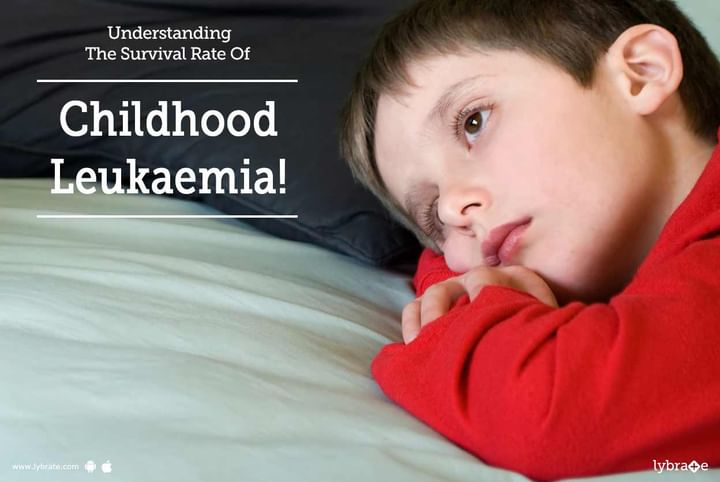Understanding The Survival Rate Of Childhood Leukaemia!
The diagnosis of leukemia in a child is followed by a discussion regarding the treatment and tenure required for complete recovery. The way in which the doctors go through the treatment after diagnosis of leukemia is based on various factors. Such factors that influence the outlook of the child are termed as prognosis.
These prognostic factors help in taking the decision regarding what sort of treatment should be offered to the child. Treatments may either be standard or intensive based on the prognostic factors. These factors, however, are vital in treating acute lymphocytic Leukemia than the other type called the acute myelogenous Leukemia. Above all these, survival rates are discussed and these rates play an important role. Parents of the child affected may at times insist that they get to know the survival rates.
The 5-year survival rates: The 5-year survival statistics are a common method used for discussing survival rates. This is the rate that denotes the percentage of children who live for a minimum of 5 years after the diagnosis of cancer. In the case of acute leukemia, it is rare for the cancer cells to come back after five years and so, you can come to a conclusion that the child has recovered.
Prognostic factors: The survival rates are based on a number of children who are diagnosed, but this is not conclusive. The type of Leukemia also plays a vital role. There are also various other prognostic factors that affect the child's outlook such as age, gender, weight, initial blood counts, and the way the child is responding to treatments. However, the survival rates are roughly the best estimates even after taking these factors into account.
Acute lymphocytic leukemia - 5-year survival rates
The survival rate for acute lymphocytic leukemia is greater than 85℅ and there is a vast improvement in this percentage over a period of time.
Acute Myelogenous Leukemia -5-year survival rates
The cumulative survival rate for Acute Myelogenous Leukemia is about 60℅ - 70℅. There was a substantial increase is this percentage over time. There are a few subtypes which have a different percentage of survival rates.
Juvenile Myelomonocytic Leukemia - 5-year survival rates
50℅ is the survival rate for this type of Leukemia.
Remission
The stage where there is no sign of Leukemia after 6 weeks of treatment even after the performance of lab tests which are very sensitive, it is called as remission. The remission stage does not necessarily mean that
Leukemia has been cured completely.
In conclusion, there is a significant increase in the percentage of survival rates when it comes to cancer. It has increased from 10℅ to 90℅ in the past few years. Factually speaking, there are approximately 375000 adult survivors in the United States who were diagnosed with cancer in their childhood. If you wish to discuss about any specific problem, you can consult an Oncologist.



+1.svg)
